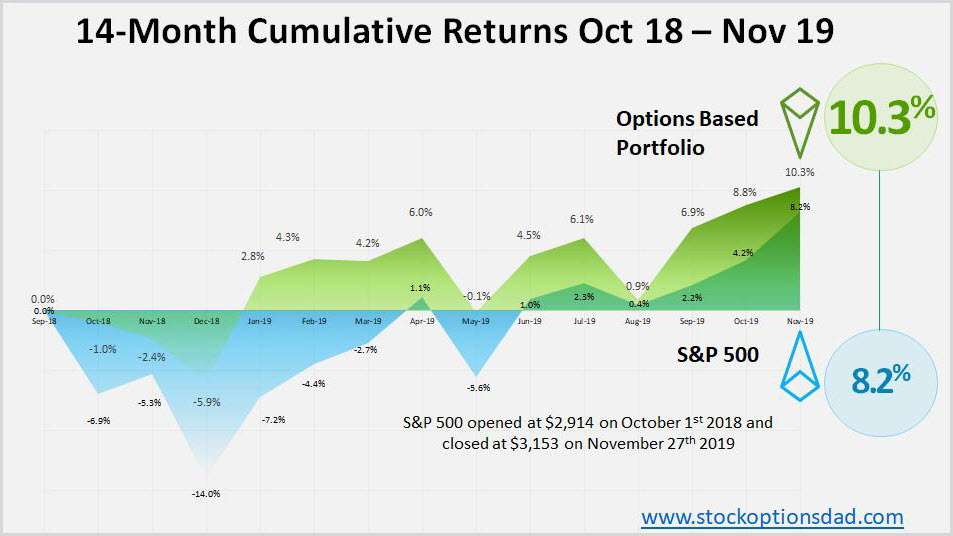As 2020 unfolds and the markets continue to break through record highs, investors should heed these lofty levels. We’re in the longest bull market in history and the U.S. has started and ended a decade without a recession for the first time in history. By nearly all measures, these markets are overvalued with stretched valuations.
Deploying a put spread strategy is a great way to define your risk while leveraging a minimal amount of capital to maximize returns. Whether you have a small account or a large account, a put spread strategy is an effective way to limit risk with a high probability of success. Trading options on stocks like Expedia (EXPE), Tesla (TSLA), Ulta Beauty (ULTA), Apple (AAPL), Disney (DIS), Facebook (FB), etc., that possess such a high price per share when account balances are limited are no longer an issue with put spreads. Put spreads enable you to leverage a minimal amount of capital, which opens the door to trading virtually any stock all while defining your risk.
Over the past 13 months, ~315 trades have been made with a win rate of 86% and a premium capture of 57% across 69 different tickers. When stacked up against the S&P 500, an options strategy generated a return of 9.1% compared to the S&P 500 index which returned 3.7% over the same period. These returns demonstrate the resilience of this high probability options trading in both bear and bull markets. These results can be replicated irrespective of account size when following the fundamentals outlined below.
Put Spread and Defining Risk
Options can be used in a leveraged manner hence using small amounts of capital to trade what otherwise would require much greater capital requirements. A put spread is a type of options trade that risk-defines your trades and involves selling and buying an option. Let’s review a put spread below.
The Put Spread: Continue reading "Put Spread Options - Defining Risk and Maximizing Returns"


